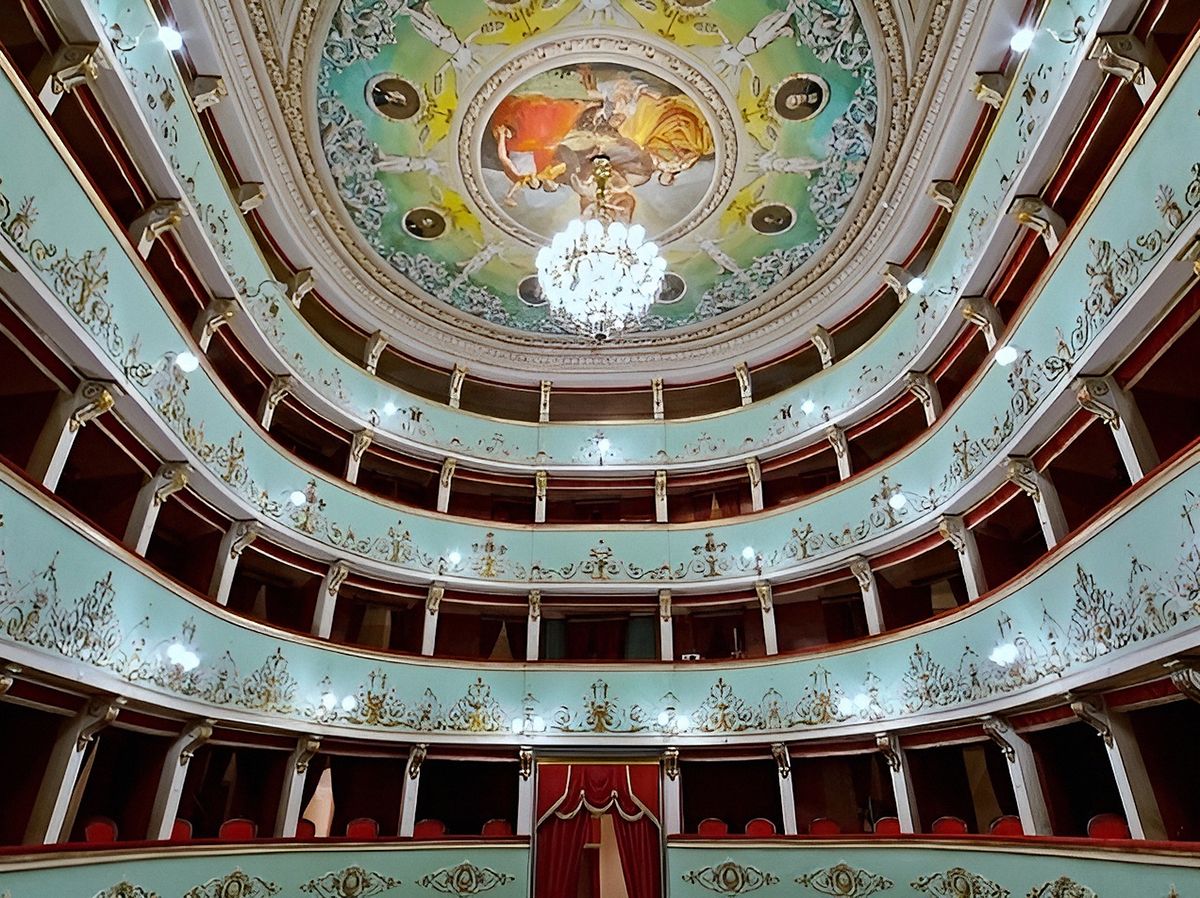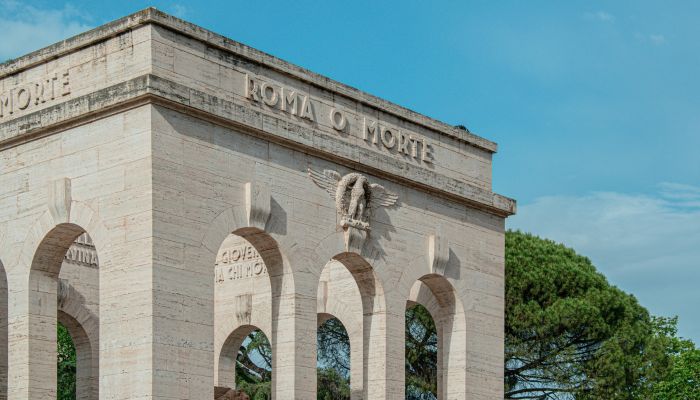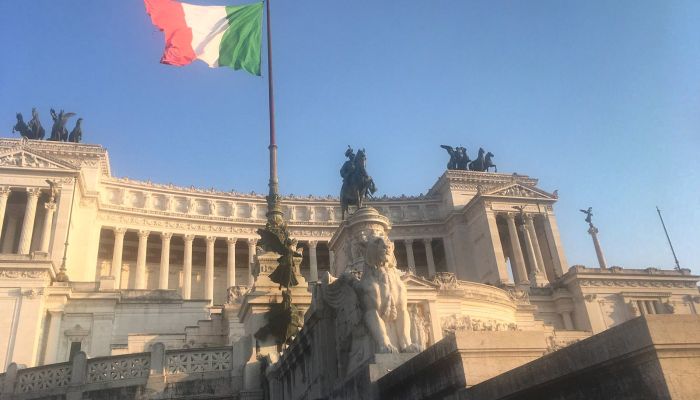In Italy, there are various ways to receive state financial support for the restoration and preservation of historical or artistically valuable properties. These funding opportunities are particularly interesting for owners who possess such cultural heritage and cannot bear the high costs of restoration or maintenance alone.
Legal Foundations
The Italian Cultural Heritage and Landscape Code ("Codice dei Beni Culturali e del Paesaggio") regulates in Articles 31, 35, 36, and 37 how owners of cultural assets can apply for state support. This applies not only to owners but also to tenants or managers of properties who carry out conservation work on the property.
The idea behind these regulations is to protect Italy's cultural heritage in the long term and make it accessible to the public. The state supports the owners not only financially but also promotes public use and access to these special buildings.
What Works Are Funded?
The state support primarily refers to restoration and preservation work that protects the cultural asset in its historical and artistic value. This includes measures such as:
- Restoration and conservation of building elements both inside and outside
- Work on facades as well as work to secure the building structure
- Installation of security systems (fire protection, burglary protection)
Some technical planning costs are also eligible for funding, provided they are specified in the application. It is important that all work is listed in detail and calculated according to the official price lists.
How to Apply for Support
The application for state support must be made at the time of approving the restoration project. The Superintendenza is the responsible authority for the protection and management of cultural assets. They review the application as part of the approval process and decide on the eligibility for funding.
The disbursement of funds occurs only after a review to ensure that the work was carried out as approved. If there are deviations from the original plan, support can be stopped and already disbursed amounts reclaimed.
Owner Obligations
In return for state support, owners are required to make the restored property accessible to the public. This is usually done through agreements between the owner and the responsible authority. The public should have access to the restored parts of the building at least once a month. Additionally, the buildings must be open on certain days, such as the "European Heritage Days."
The regulations regarding access and opening depend on the cultural significance and type of property. While in some cases specific interior areas must be made accessible, in other instances, it may be sufficient to open only exterior spaces, such as gardens or parklands.
Types of Funding
There are two main types of funding: capital grants for direct restoration work and interest subsidies for loans to finance the restoration.
Capital Grants
Capital grants are financial resources provided directly for restoration work. Applications must be submitted each year between January 1 and May 31. Priority in granting grants is given to particularly urgent measures such as:
- Reconstruction and protection of cultural assets in earthquake areas
- Repair of damage caused by natural disasters
- Opening cultural assets to the public
- Removal of architectural barriers
The amount of the grant depends on the scope of the work and the urgency of the measure. It is important to note that grant applications cannot be made retroactively, that is, after the work is completed.
Interest Subsidies
In addition to capital grants, owners can also apply for interest subsidies for loans they have taken out to finance the restoration. The state covers up to six percent of the loan interest. This applies not only to historic buildings but also to modern constructions if they are classified as artistically valuable.
To receive the interest subsidy, the application must be submitted in a timely manner and all required documents must be provided. This includes proof of regular loan repayments.
Conclusion: A Benefit for Owners and the Public
The state support for the restoration and preservation of cultural assets in Italy is subject to strict guidelines. However, if these are met, it provides valuable assistance to owners, helps offset high costs, and simultaneously preserves the country's cultural heritage for future generations to enjoy.
Application and Further Information
Those considering purchasing a historic property in Italy or who have just bought a castle or palace in Italy can find detailed information and all application forms at the Italian Superintendence for Archaeology, Art, and Landscape. However, prospective buyers should first inquire with the real estate agencies or the seller about whether and to what extent the offered property is eligible for funding.
Foreign owners and prospective buyers who need help with submitting applications can also contact Ms. Stine Helles from D'Angelo Immobiliare. She offers assistance with all legal questions.





